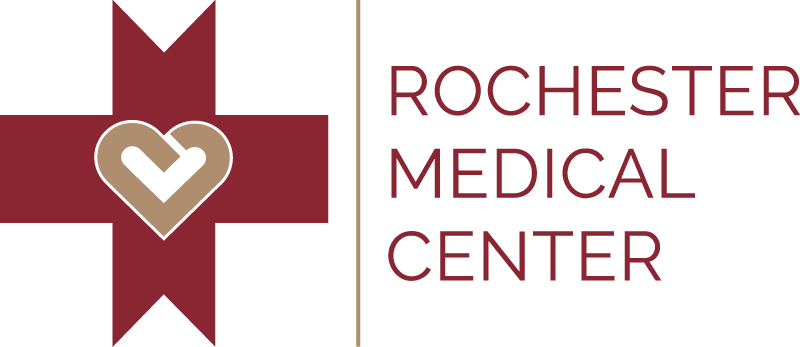Nuclear Bone Scan
A nuclear bone scan is a diagnostic imaging technique used to evaluate and diagnose various bone conditions. The procedure is non‑invasive and has low amounts of radiation. It’s particularly useful for detecting bone metastases (cancer that has spread to the bones), bone fractures, infections, tumors, arthritis, and other bone disorders.
How Nuclear Bone Scans are done
- A small amount of radioactive material is injected into a vein.
- It then travels through your bloodstream and accumulates in the bones. It tends to concentrate in areas where bone turnover or healing is occurring.
- After a waiting period (usually a few hours), you lie on a table while a gamma camera detects the radioactive emissions from the tracer. This camera takes pictures of your skeleton from various angles.
- The images produced show areas of increased or decreased bone activity.
How To Prepare
- Drink plenty of fluids the day before & day of test so you are well hydrated.
- Please wear clothing with NO METAL & Remove ALL Jewelry.
- This is a 2-part procedure:
- PART 1: Isotope injection is given.
- Return 3 hours later for:
- PART 2: Pictures are taken. (Please allow 2 hours)
HIDA Scan
A HIDA scan is a diagnostic imaging test that is used to evaluate the function and health of the gallbladder and bile ducts. The scan evaluates how well your liver produces bile, how effectively the bile ducts transport bile into the gallbladder, and how well the gallbladder releases bile into the small intestine.
This helps in diagnosing conditions such as gallstones, bile duct obstructions, gallbladder inflammation, bile leaks, or malfunctioning bile ducts.
How a HIDA Scan is done
- A radioactive tracer is injected into your vein. This tracer is taken up by liver cells and excreted into bile, ultimately filling the gallbladder and bile ducts.
- After the injection, you lie on a table under a gamma camera. The camera detects the radioactive emissions from the tracer as it moves through your liver, bile ducts, and into your gallbladder. Images are taken at various intervals to track the tracer’s movement.
- Sometimes, delayed images are taken several hours after the initial injection to observe the gallbladder’s emptying function.
How To Prepare
- Allow 2 to 3 hours for this test.
- NOTHING TO EAT OR DRINK 4 TO 6 HOURS PRIOR TO TEST.
- Drink plenty of fluids the day before & day of test so you are well hydrated.
- Please wear clothing with NO METAL.
MUGA Scan
A MUGA scan is a nuclear medicine imaging test used to evaluate the function of the heart’s ventricles, assess cardiac function before certain surgeries or treatments, and evaluate the progression of heart disease.
How a MUGA Scan is done
- A small amount of radioactive material is injected into your vein. This tracer attaches to your red blood cells.
- You lie down under a gamma camera, which detects the radioactive emissions from the tracer as it circulates through your bloodstream and enters the heart. The camera takes multiple images of the heart from different angles, synchronized with your heartbeat.
How To Prepare
(ALLOW 2 HRS FOR THIS TEST.)
- Drink plenty of fluids the day before & the day of test so you are well hydrated.
- NO CAFFEINE 12 HOURS prior to test. (This includes coffee, tea, cola, & chocolate.)
- Hold water pill the day of your appointment. (This includes coffee, tea, cola, & chocolate.)
- You may have a light meal 2 hours prior to appointment (unless you are having blood drawn). If you are having blood work today, please bring a snack.
- Take medications as prescribed (except for water pill).
- No lotion, perfumes or powder.
- You will be walking on a treadmill. Please wear walking shoes or tennis shoes & a 2-piece outfit with a loose-fitting shirt with NO METAL on it.
- Please DO NOT WEAR HIGH HEELS, SANDALS OR DRESSES.
Tc-99 Thyroid Scan
A Tc‑99m thyroid scan is a nuclear medicine imaging test used to evaluate the structure and function of the thyroid gland. It helps evaluate thyroid shape and size, thyroid uptake, and assessment of a thyroid nodule.
How a Tc‑99m Thyroid Scan is Done
- A small amount of radioactive material is injected into your vein. Tc‑99m pertechnetate is taken up by the thyroid gland, particularly by the thyroid follicular cells.
- After the injection, you lie on a table under a gamma camera. The gamma camera detects the radioactive emissions from the tracer concentrated in the thyroid gland. Images are taken from various angles to provide a detailed view of the thyroid gland’s size, shape, and function.
How To Prepare
- Allow 1.5 hours for this test.
- Do not take any fish oil or vitamins containing iodine for 3 days prior to test.
- Do not wear necklaces or earrings.
